In 586 BC the Babylonian military, led by King Nebuchadnezzar, succeeded in breaking a two-year-long siege and destroyed much of the city of Jerusalem; her walls, palaces, and most devastatingly, the Temple of Solomon. Nebuchadnezzar was continuing his mission to secure and grow the resurrected Babylonian Empire, known today as the Neo-Babylonian Empire. Years earlier, he had already made Judah apart of his empire (2 Kings 24:1), requiring yearly tribute. But when Jerusalem’s vassal king Jehioakim rebelled, Nebuchadnezzar besieged the city and won (597 BC); instead of destroying it, took in pledge into exile the new King Jehoiachin, much of the royal family, courts, nobility, priesthood, and military. Nebuchadnezzar then appointed a new, and who ended up being the last, king of Jerusalem, Zedekiah (2 Kings 24:10-17).
“He burned the Lord’s temple, the king’s palace, and all the houses of Jerusalem; he burned down all the great houses.”
2 Kings 25:9
When Judah rebelled once again under King Zedekiah, Nebuchadnezzar must not have been feeling very charitable. The Bible mentions that the siege lasted two years. This military maneuver sees the invading army set up camp all around the target city, cutting off supply lines, and killing or taking prisoner anyone who would try to come or go.
A few generations before this siege, King Hezekiah had brought a fresh water supply into Jerusalem by way of an underground aqueduct, but the siege had cut off all outside food sources for Jerusalem’s citizens. So, it was a waiting game; eventually everyone in the city would begin to starve. After two years, this was absolutely the case. The Babylonians even built a siege wall around the city as an additional hurdle to anyone trying to escape Jerusalem, which Zedekiah eventually tried to do (2 Kings 25:5) when the city’s wall was finally being breached by the Babylonians.
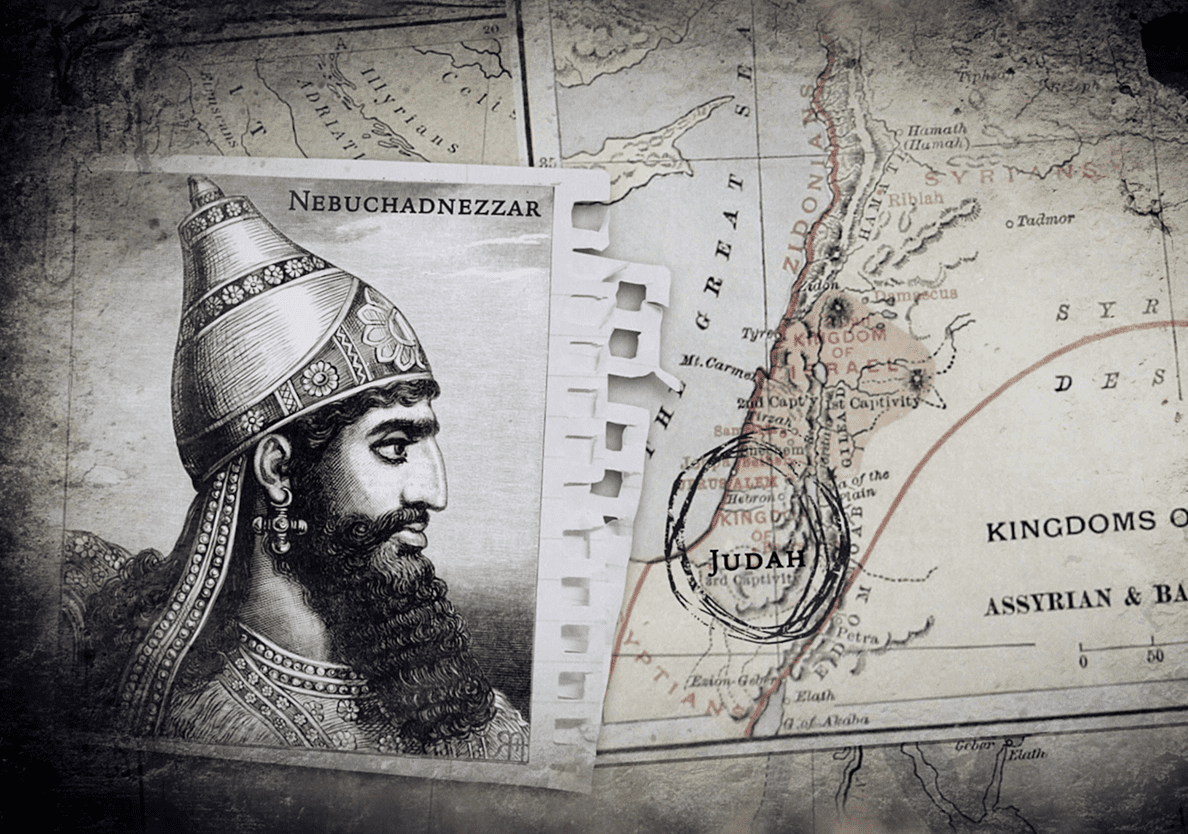
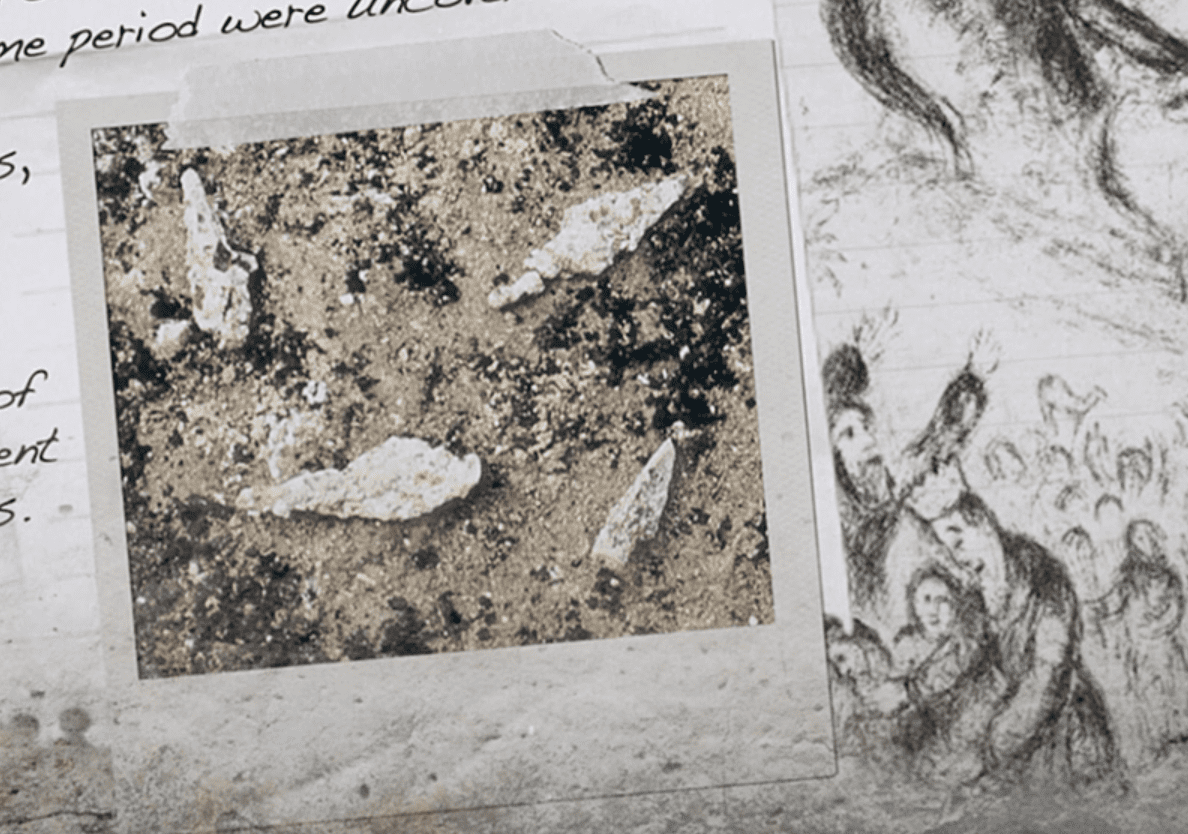
The Bible and archaeology agree that at least a portion of the city was burned. 2 Kings 25 tells us that Nebuchadnezzar “burned the LORD’s temple, the king’s palace and all the houses of Jerusalem; he burned down all the great houses.” (2 Kings 25:9) During excavations in the 1960s carried out in the Ophel region of Jerusalem, burned houses dating from this time period were uncovered. In 1975 excavations, four arrow heads were found in a layer of ash at the base of one of Jerusalem’s ancient defensive towers; a chilling reminder of the struggle and fiery destruction of the city.

Corie Bobechko is a daily co-host, speaker, and writer of Bible Discovery. She also hosts a YouTube channel that shows how history and archaeology prove the Bible. Her heart for seekers and skeptics has led her to seek truth and share it with others. Corie also has a Bachelor of Theology from Canada Christian College.
• Singer, Suzanne F. “Found in Jerusalem: Remains of the Babylonian Siege,” Biblical Archaeology Review 2.1 (1976): 7–10.
https://members.bib-arch.org/biblical-archaeology-review/2/1/3



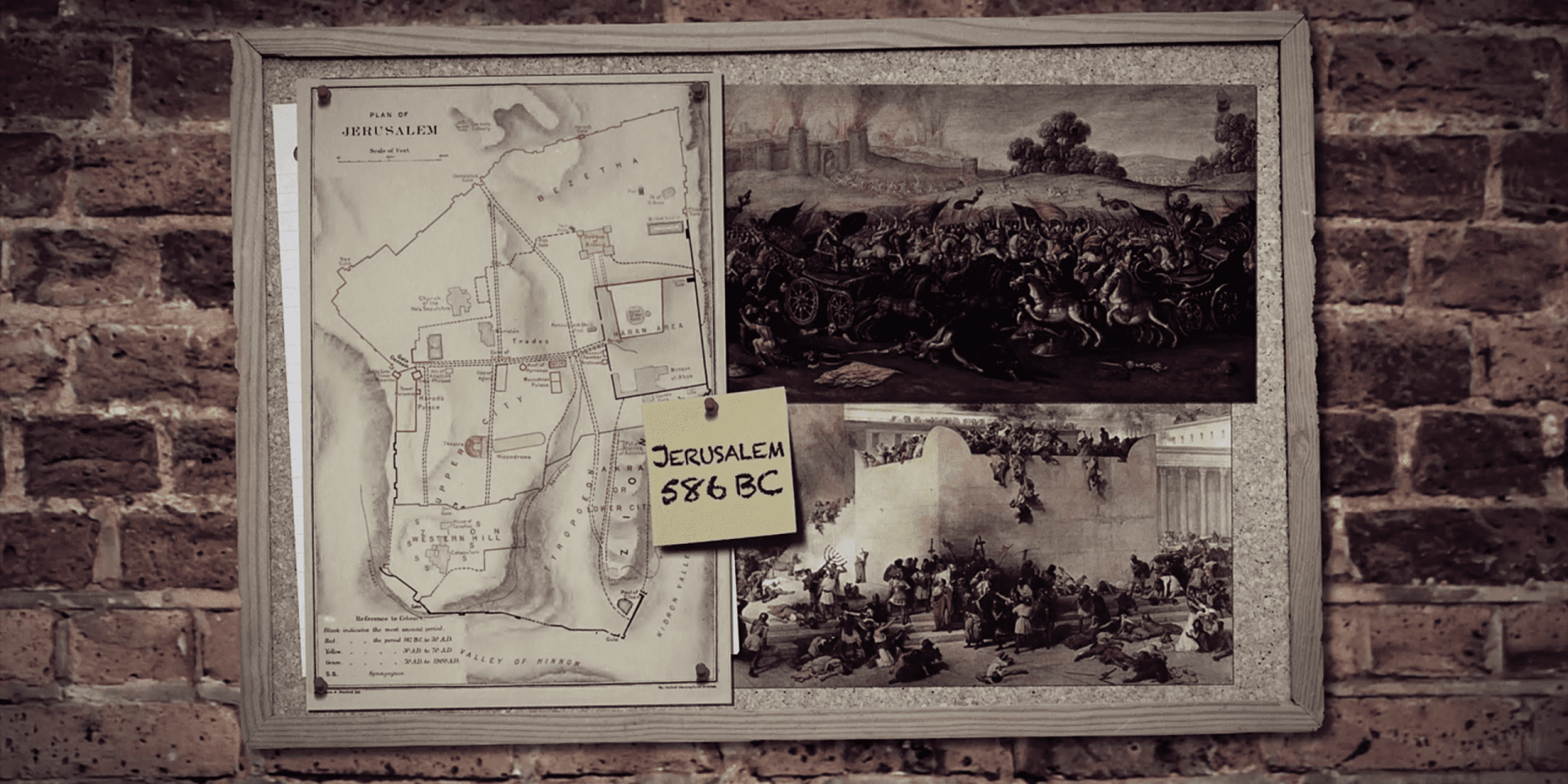
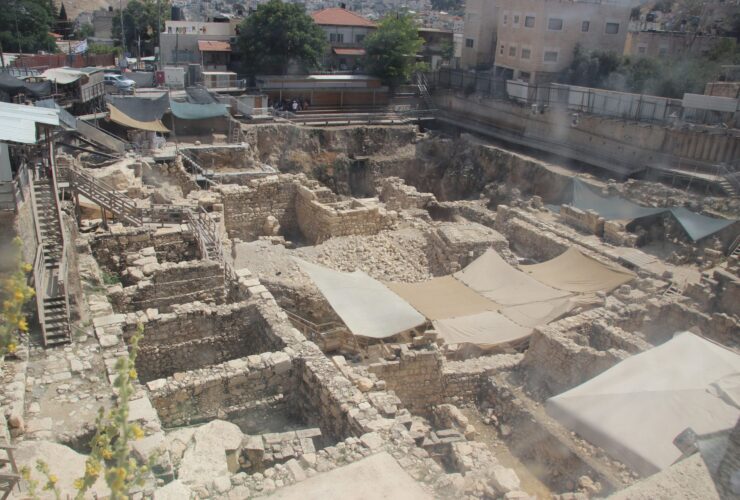

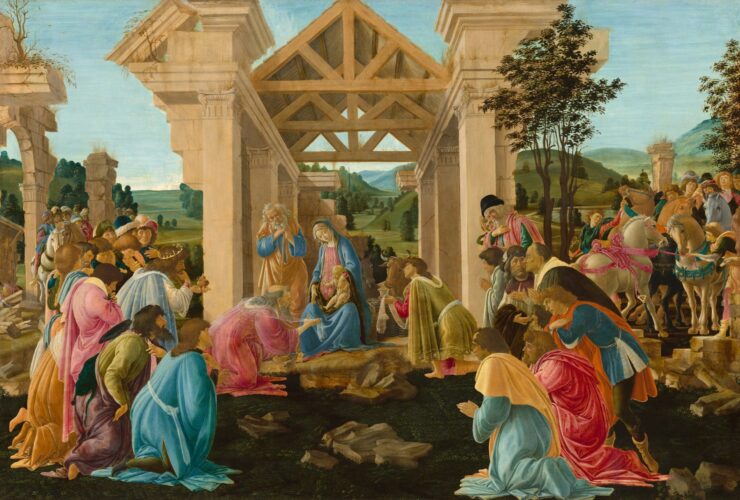
Good
God’s covenants are unavoidable decree. I am badly needed KJV of Dr.Scofield Commentary book, please send me if availabe. Thank you, God bless